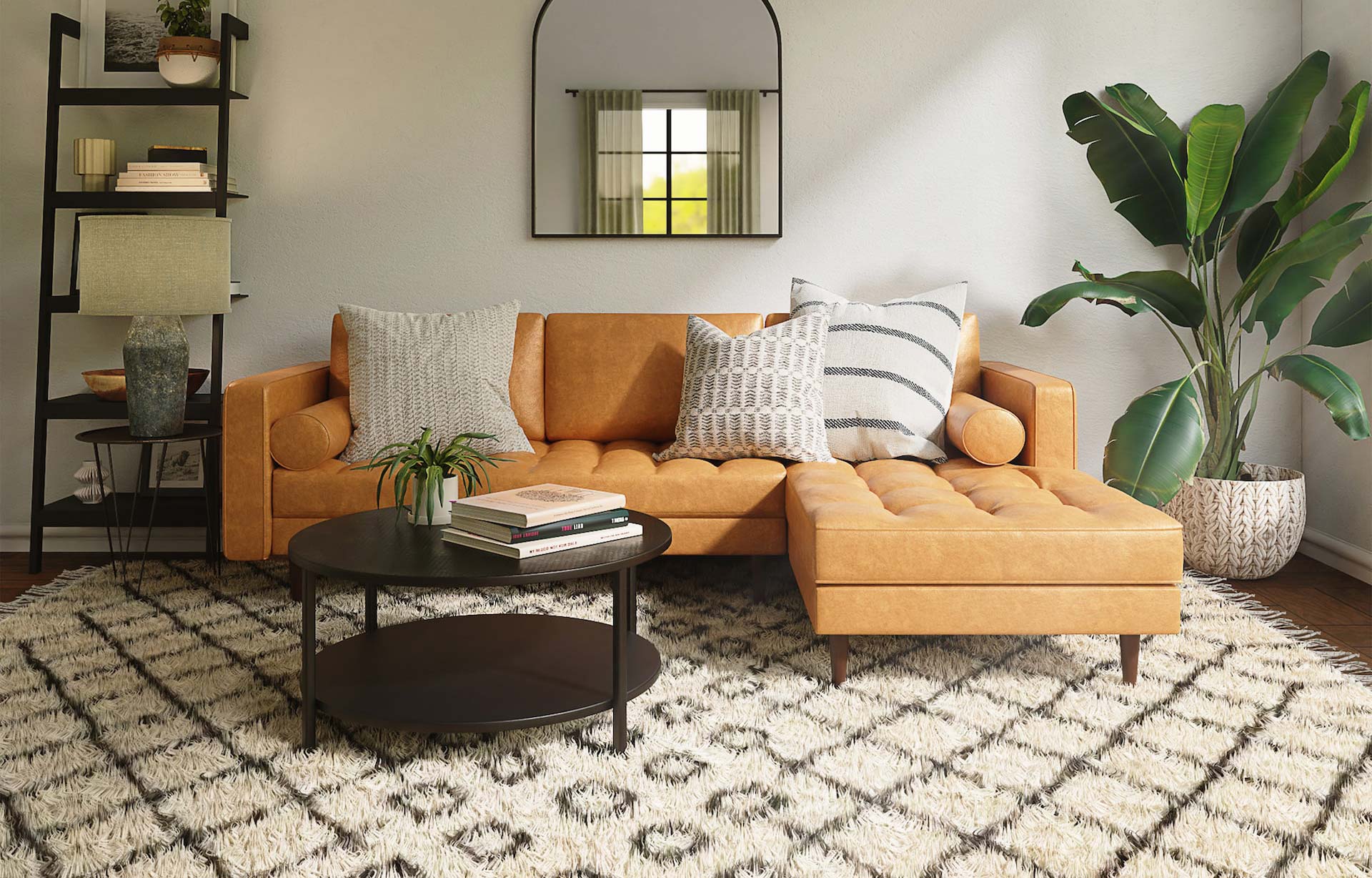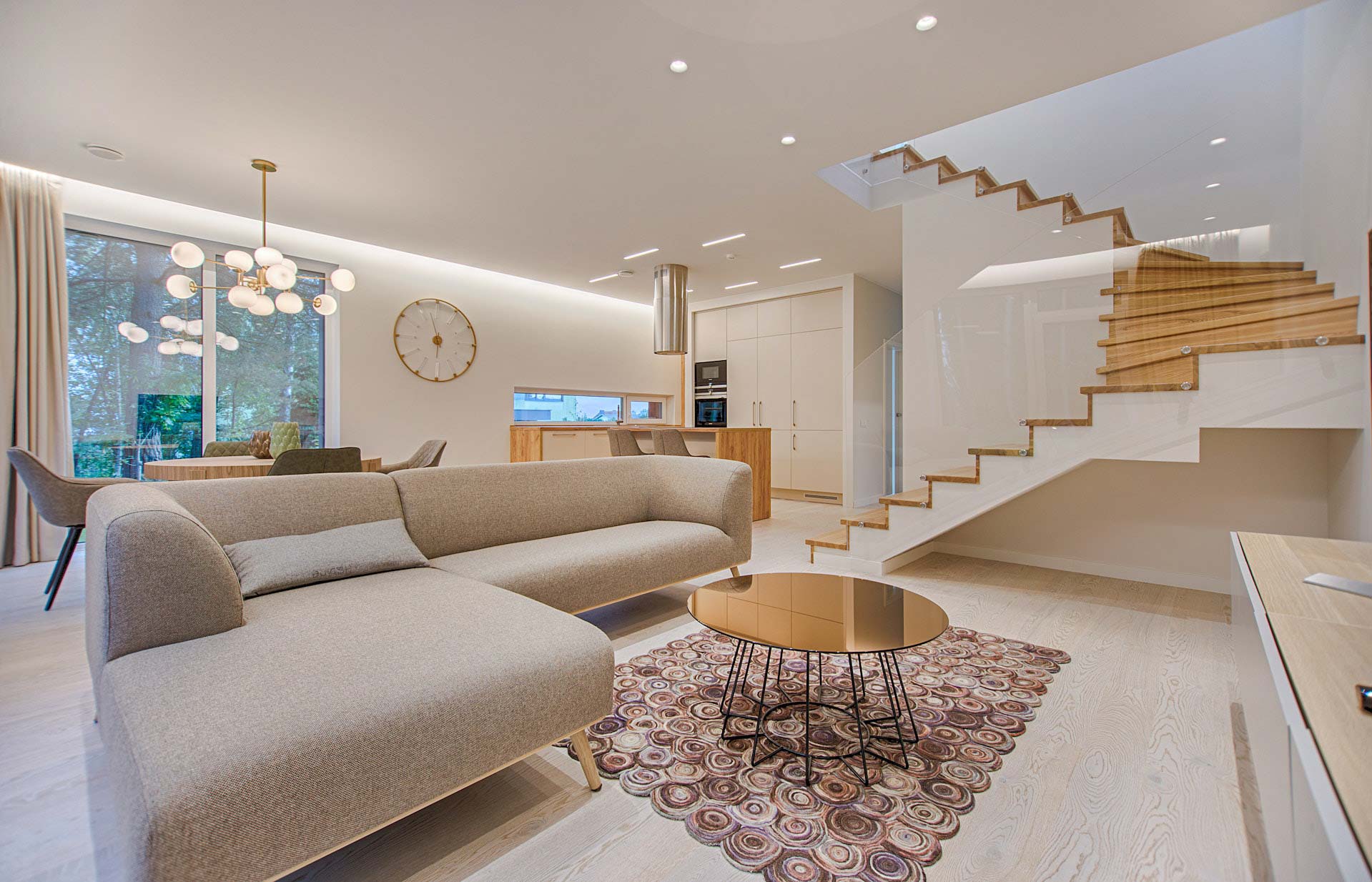Welcome to a good atmosphere. Welcome home.

Typically, people spend most of the day indoors, not only when it’s cold outside. Even in summer, we’re at home or in the office lots of the time.
So the climate in our rooms has a big impact on our wellbeing. But what exactly is a good room climate, and how can we improve it?
Bedrooms
You want healthy air not just in the daytime, but also at night?
Find the solution for your bedroom here!
Living rooms
Your living room should be a feel-good zone.
Find the solution for your living room here!
Offices
Provide healthy humidity and a good climate in your offices to help your employees feel comfortable at work.
Find the solution for your offices here!
Solutions for your rooms
You want to feel good in every way in your spacious living area.
Find the solution for large rooms here!
Children’s rooms
A healthy room climate in your children’s room.
Find the solution for children’s rooms here!


What is a healthy room climate?
A healthy climate depends on various aspects that affect whether we feel comfortable in indoor rooms. Naturally, room temperature is top of the list, but the temperature of surfaces such as flooring, walls and furniture is also important. Another factor for wellbeing in interiors is light conditions. That includes the amount of daylight and the colour temperature of artificial lighting. Ambient noise levels also affect comfort.
And air quality has a major impact. Factors that determine this are humidity as well as air movement or draughts. Chemicals and harmful substances emitted by furniture or carpets as well as other unpleasant smells result in poor air quality.
What defines the ideal room climate?
This is partly a subjective feeling. But there are also objective parameters that help define room climate. These include temperature and humidity, which can be easily measured with a thermometer or a hygrometer.
Different rooms need different temperatures. Most people feel comfortable at temperatures of 19 to 21°C in living rooms and kitchens, while they prefer 23°C in bathrooms. Ideal in bedrooms is 16 to 18°C. However, any lower than 14 to 16 degrees can cause condensation, leading to mould. And that’s bad for air quality.
The best relative humidity for rooms is between 40 and 60%. But it’s not always easy to achieve, especially in winter when rooms are heated and windows kept closed.


What can you do to improve room climate?
Often small actions can have a big effect. For example, opening the windows several times a day lets stale air out and fresh air in. It helps get rid of unpleasant smells and prevents mould. This is a great way to improve air quality, particularly in winter. The rule is: better to open windows wide for a short time (five to ten minutes) than to leave a small gap over a longer period.
Plants can also improve room climate. They not only brighten the place up, they can also contribute to good air quality. Large-leafed plants such as Cyprus grass or ferns increase humidity. Some plants even filter out harmful airborne substances. They include ivy, spider plants and rubber plants.
The other option is air purifiers and humidifiers.
Venta Humidifiers work without mats or filters, using the proven cold evaporation principle. A fan directs the ambient air into the water-filled Humidifier, where it travels through specially arrayed disk stacks. Hygienically clean air evaporates from their surfaces into the room. Simultaneously, the disks trap harmful substances such as dust or pollen, which are then washed off in the water and collected in the Humidifier.





